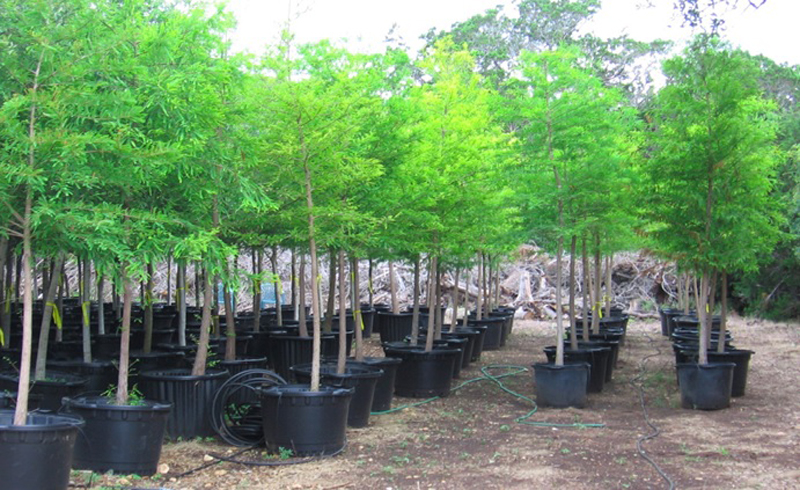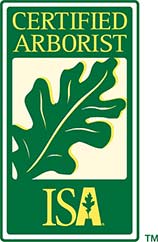Bald cypress trees are one of the most controversial tree species in the United States. Some people love them and others hate them. There are pros and cons to these trees, and it can be hard to make a decision on whether or not they should be planted in your yard. In this blog post, we will discuss the pros and cons of bald cypress trees so that you can make an informed decision on whether or not to plant them!
But first, if you need tree removal in Charleston, SC (or just tree service in Charleston, SC in general), Connor Tree Service is here to help! Connor Tree Service is a tree service company that has been serving the Charleston, SC area for years.
Okay, let’s dive in!
Bald Cypress Trees Form Knees
When bald cypress trees grow in wetlands, their roots often don’t have enough oxygen to properly function. To compensate, the roots start growing vertically towards the surface of the water in search of oxygen. These vertical root growths are called knees.
While knees do help supply oxygen to the roots, they also make the tree less stable and more susceptible to topple over during storms. In addition, knees can impede walking and vehicle traffic, and they can damage sewer lines and building foundations. As a result, many people view knees as a nuisance. However, some people appreciate the unique beauty of bald cypress trees with their exposed knees. Whatever the opinion, there’s no denying that knees are an essential part of bald cypress biology.
Bald cypress trees are not the only trees that form knees. Many other types of trees, including live oaks and red maples, also form knees when they grow in wet conditions. However, bald cypresses are by far the most well-known for their exposed knees. So why do bald cypresses get so much attention?
One reason is that bald cypresses are a common sight in many parts of the United States, especially in the southeastern states. As a result, people are more likely to be familiar with them than other types of trees. Additionally, bald cypresses can grow to be very large, and their knees can be quite impressive in size.
Extensive Root Systems
Bald cypress trees are an impressive sight, with their towering trunks and lush foliage. But beneath the surface, these trees have an extensive root system that can sometimes cause problems. The roots of a bald cypress tree can spread out up to three times the width of the tree’s canopy, making them very difficult to remove once they become established.
This can be a problem for property owners who want to clear land for development or other purposes. In addition, the roots can sometimes grow into sewer lines and other underground infrastructure, causing damage and disruption. While the bald cypress tree is a magnificent species, its aggressive root system can sometimes create problems.
Get an assessment and quote from Connor Tree Service today.
Moisture Dependent
Bald cypress trees are often found near bodies of water, and they are very dependent on moisture. These trees can tolerate short periods of drought, but they will not survive long if the ground around them is dry. As a result, bald cypresses are not a good choice for landscaping in areas that do not have regular access to water.
In addition, bald cypresses are not a good choice for areas that are prone to flooding. These trees can survive occasional floods, but they will not survive if their roots are constantly submerged in water. If you live in an area that is prone to flooding, it is best to avoid planting bald cypress trees.
They are great for large properties that can be planted near a pond or other water source, but they are not the best tree for small yards.
Deciduous Conifer
Bald cypress trees are often referred to as deciduous conifers because they lose their needles in the fall and grow new ones in the spring. Most other types of conifers, such as pines and spruces, are evergreen, meaning they keep their needles all year round.
The needle loss is not a problem for bald cypress trees, as they are well-adapted to survive without their needles for months at a time. However, the needle loss can be a problem for people who live in areas with cold winters.
If the ground around a bald cypress tree freezes, the tree will not be able to absorb water through its roots. As a result, the tree will start to dehydrate and its needles will turn brown and fall off. This can be a problem for people who want to keep their bald cypress tree healthy and looking its best.
Although needle loss is not a major problem for bald cypress trees, it is something to be aware of if you live in a cold climate.
Pest and Disease Resistant
Bald cypress trees are relatively pest and disease-resistant. However, they are not immune to all problems. The most common problem that affects bald cypress trees is root rot, which is caused by a fungus that thrives in wet conditions. Tree removal in Charleston, SC may be necessary if a tree is infected with root rot.
Root rot can kill a bald cypress tree if it is not treated quickly. The tree can often be saved if the affected roots are removed and the tree is given a chance to dry out. However, if the tree is not treated in time, it will eventually die.
Final Thoughts
The bald cypress tree is a beautiful species that has many positive attributes. However, it is important to be aware of its potential problems before planting one on your property. These trees are best suited for large properties near a water source, and they should be avoided in areas that are prone to drought or flooding.
If you’re in need of tree removal in Charleston, SC, reach out to the Connor Tree Service team. We will help you remove your tree safely and efficiently.









